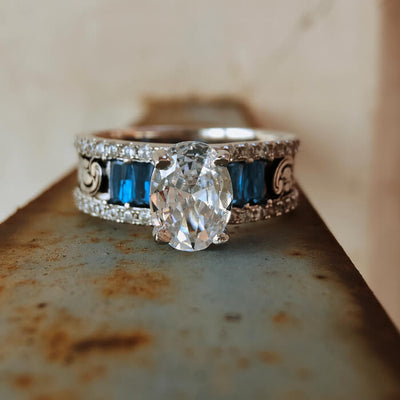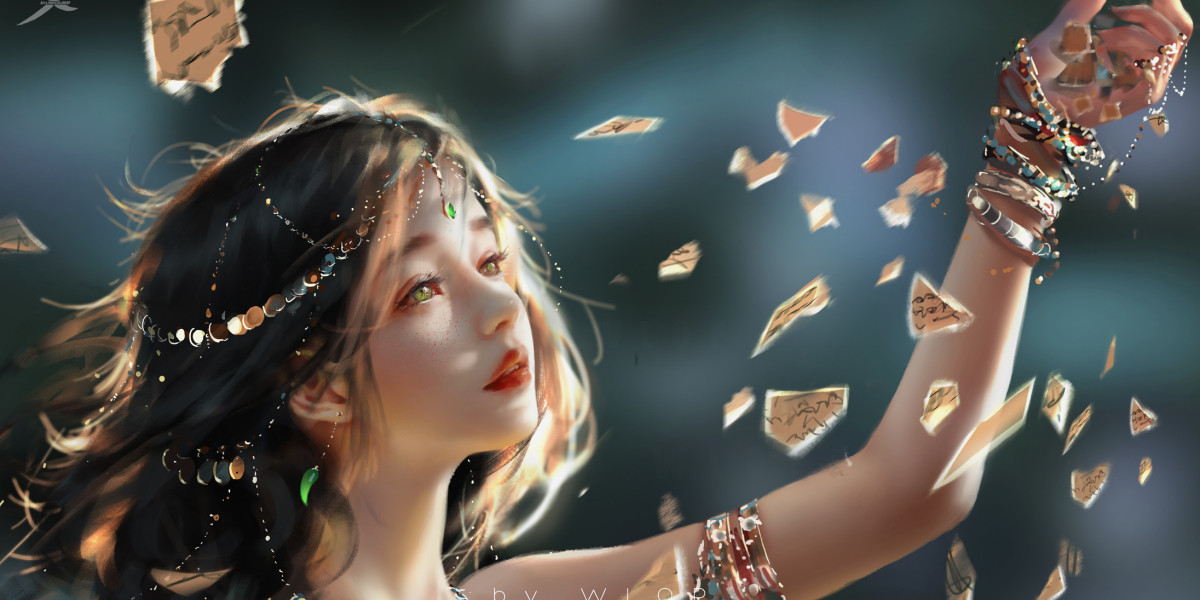Unveiling the Timeless Allure of Western Wedding Rings: A Journey Through History and Elegance
Wedding rings have long held a significant role in Western culture, representing love, commitment, and the unbreakable bond between partners. The exchange of rings during marriage ceremonies is not just a tradition; it is a powerful symbol of the promises made between two people. Throughout history, the design and meaning of wedding rings have evolved, influenced by cultural shifts and societal values. This article will delve into the rich history and significance of Western wedding rings, exploring their design evolution and contemporary trends that continue to shape how couples express their love through these timeless pieces of jewelry.

The Historical Significance of Western Wedding Rings
The origins of wedding rings can be traced back to ancient civilizations, where the act of exchanging rings served as a symbol of fidelity and commitment. The ancient Egyptians were among the first to adopt the practice, using braided reeds and leather to create rings that represented eternity, given that circles have no beginning or end. As the tradition spread, the Romans began to use iron and gold to craft more durable rings, further embedding the significance of the ring as a symbol of marital vows. In many cultures, the left hand was chosen for the ring as it was believed to contain a vein leading directly to the heart, a notion that still resonates today.
Religious influences also played a substantial role in shaping the tradition of wedding rings. In Christianity, the ring became a symbol of the covenant between God and humanity, and thus, it was incorporated into marriage ceremonies as a sign of the couple's commitment to each other and their faith. Over the centuries, various cultures and religions have added their unique interpretations and styles to wedding rings, solidifying their place as a cherished symbol of love and partnership.
Design Evolution of Wedding Rings
The design of wedding rings has undergone a remarkable transformation over the centuries. In the early days, practicality ruled; rings were often simple bands made of readily available materials. However, as craftsmanship improved and the desire for aesthetic appeal grew, precious metals such as gold and platinum became the materials of choice. Gold, with its luster and durability, symbolized wealth and prosperity, while platinum, known for its rarity, represented enduring love.
In more recent years, the rise of alternative gemstones and unique materials has changed the landscape of wedding rings. Couples are increasingly drawn to sapphires, emeralds, and even lab-created diamonds, allowing them to express their individuality and personal style. This shift reflects a broader trend in society where personal expression takes precedence over traditional expectations, leading to a diverse range of wedding ring styles that cater to modern tastes.
Iconic Styles Through the Ages
Throughout history, certain wedding ring styles have emerged as iconic representations of love and commitment. The solitaire, characterized by a single stone set in a simple band, reflects a timeless elegance that has remained popular for generations. The halo design, where smaller stones encircle a central gem, adds a touch of glamour and has gained popularity in recent years.
Meanwhile, vintage-inspired rings draw from the intricate designs of the past, often featuring filigree and detailed engravings that tell a story of their own. Each style not only serves as a beautiful adornment but also mirrors the societal values and aesthetic preferences of its time.
Contemporary Trends in Western Wedding Rings
As we move further into the 21st century, contemporary trends are reshaping the world of wedding rings. Personalization has become a key theme, with couples opting for custom designs that reflect their unique love stories. Mixed metals, where gold is paired with silver or rose gold, are gaining traction, allowing for a more eclectic and personalized look.
Moreover, the growing awareness of environmental issues has led many couples to consider eco-friendly options. Recycled metals and ethically sourced stones are now preferred by those who want to ensure their love story does not come at the expense of the planet. This trend towards sustainability not only reflects modern values but also adds deeper meaning to the rings couples choose to wear.
Enduring Symbolism of Western Wedding Rings
In conclusion, Western wedding rings are steeped in history and significance, evolving from simple bands of ancient civilizations to the diverse and personalized designs we see today. These rings not only symbolize love and commitment but also tell the unique story of each couple. As trends continue to shift towards personalization and sustainability, the allure of wedding rings remains timeless, carrying emotional weight that transcends the ages. Ultimately, a wedding ring is more than just jewelry; it is a cherished reminder of the promises made and the love shared between partners, making it an enduring emblem of their journey together.




